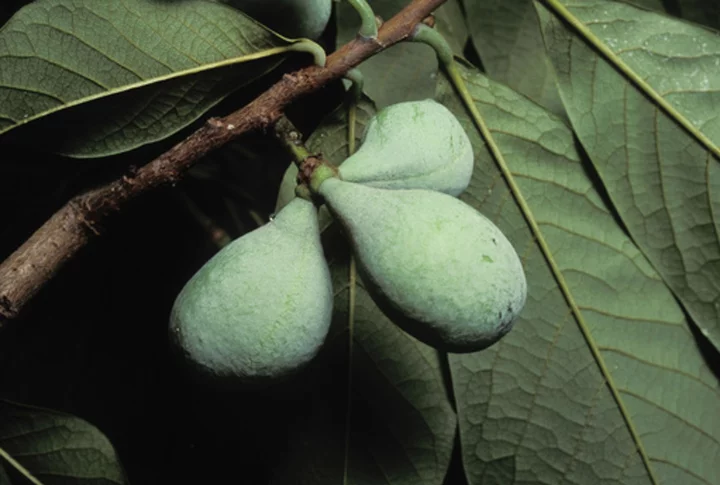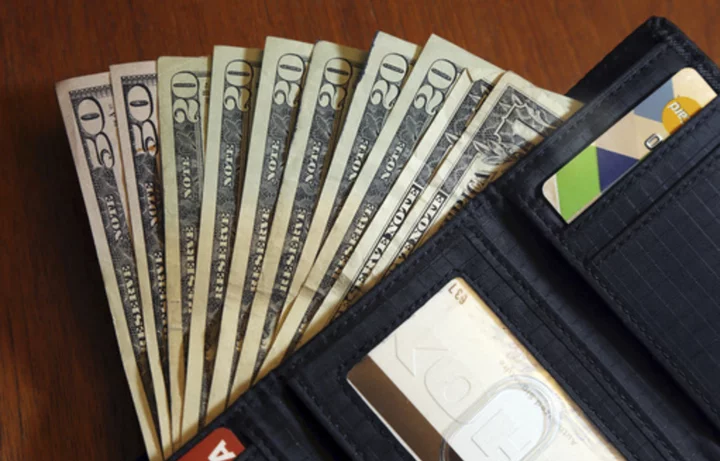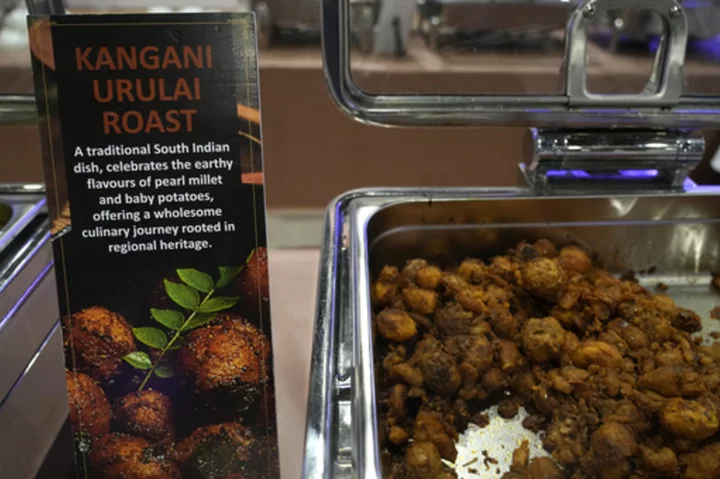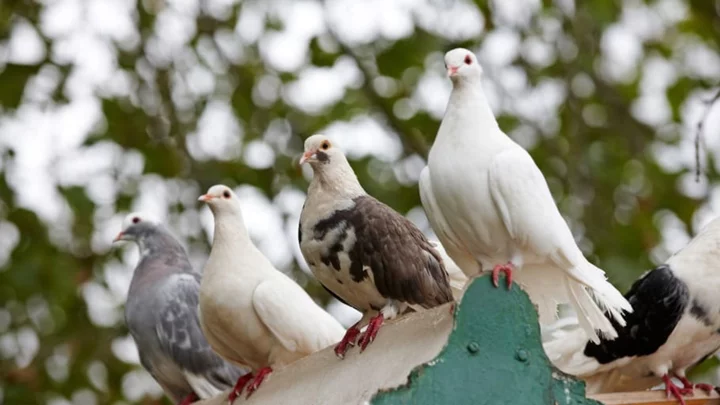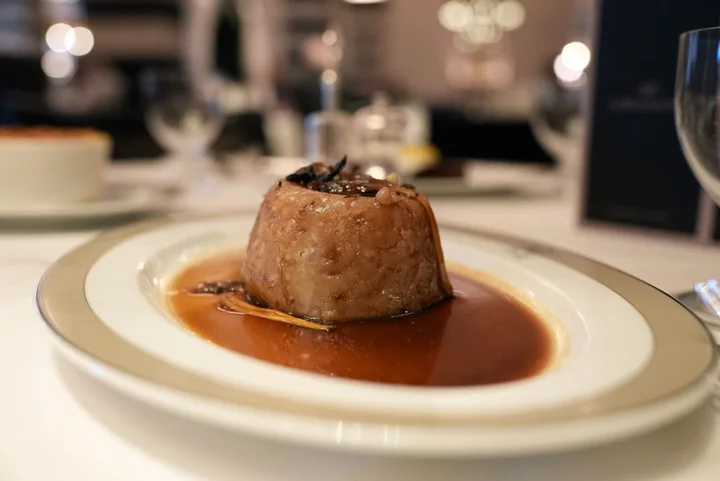Looking to plant something unusual, easy to grow and exotically delicious? Let me introduce you to Asimina triloba, the pawpaw tree.
Also known as Hoosier banana, poor man’s banana and false banana, the sadly underused fruit tree will transport you to the tropics, its 12-by-5-inch, droopy, dark green leaves swaying in the breeze.
Except it isn’t tropical at all. The pawpaw is a North American native.
Found growing wild from southern Ontario and Michigan east to western New York and south to Texas and Florida, pawpaws are hardy in horticultural zones 4-8 or 5-9, depending on the variety. The small, pyramid-shaped trees top out at about 25 feet tall, love humidity and are highly frost-tolerant.
Odd-smelling maroon blossoms reminiscent of fermented grapes cover the branches in spring, followed by clusters of heavy, 3-to-5-inch-long fruits that look like mangoes. In autumn, the trees’ vibrant yellow or gold foliage will brighten your landscape. And deer tend to avoid them.
The pawpaw is about as low-maintenance as a fruit tree could be. Select a sunny to partly sunny spot that offers some wind protection, and plant it in well-draining, slightly acidic soil with a pH level between 5.5 and 5.7.
Water young trees regularly for a year or two until they’re established, and apply a 20-20-20 fertilizer once a month in April, May and June only. As far as care, the only other thing you’ll want to do is remove suckers that grow around the base of the tree. Pawpaws are not invasive but will grow into a thicket if left unchecked.
In most cases, you’ll need to grow two different pawpaw cultivars to ensure cross-pollination and fruit production. Seek out grafted, named cultivars, such as Davis, Mary Foos Johnson, Overleese, Sweet Alica and Taylor, which will bear fruit in a couple of years, as opposed to seed-grown trees, which can take as long as six to 10 years to produce. Sunflower is a rare self-fertile variety that should bear fruit if planted solo but would be more reliable if paired with a mate.
Avoid buying balled-and-burlapped trees, which are grown in fields and then dug up for sale; the practice risks damage to pawpaws' long taproots, impacting their ability to take up water effectively.
Harvest the fruits in late summer when they are soft to the touch and detach easily. You can remove them a little before they are completely ready, but pawpaws picked too early will not ripen properly off the tree.
Some folks swear pawpaws taste like bananas; others insist their flavor is more papaya-like. Regardless, the highly nutritious, creamy fruits, rich in vitamins, minerals and amino acids, can be eaten raw or used in any recipe calling for bananas, such as puddings, smoothies, muffins, cakes and breads. Just discard the fruit’s thick skin and seeds, as they contain toxins.
If you’re curious about tasting pawpaws but aren't ready to grow them, you’re probably out of luck. The perishable fruits keep for just a few days, making it impractical to transport them, so you won’t find them at your local supermarket.
Just about the only way to experience them is to grow them yourself.
—-
Jessica Damiano writes the award-winning Weekly Dirt Newsletter and regular gardening columns for The AP. Sign up here to get weekly gardening tips and advice delivered to your inbox.
__
For more AP gardening stories, go to https://apnews.com/hub/gardening.

